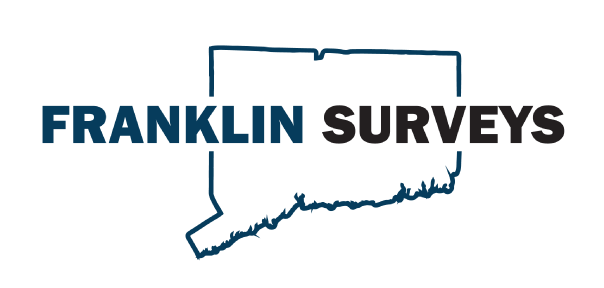Franklin Surveys Provides As-built, or Improvement Location Survey, For The West River Habitat Restoration Project

Upon completion of a significant construction project, it is prudent (and often, required) to hire a professional land surveyor to perform an as-built survey. In general, the purpose of an as-built is to document the post-construction conditions in a graphic format. In Connecticut, the State Standards for Surveys and Maps classify this type of survey as an Improvement Location Survey.
Per the code, the intent of an Improvement Location Survey is to “enable a determination of compliance or non-compliance with applicable municipal and/or statutory requirements”.
In southern New Haven County, the 13.5-mile-long West River is a (mostly) freshwater stream. In part, the West River is the boundary between the cities of West Haven and New Haven. Around the year 1920, New Haven’s government decided to build tide gates in the West River.
The intent was to provide additional upland area for development, as well as to control flooding and mosquito issues. The West River Memorial Park, reflecting pool, and dozens of acres of open space were created as a result. Unfortunately, the installation of the tide gates had multiple adverse effects on the environment.
By nature, the West River had been a tidal stream with flowing salt water to inland tidal marshes. The alteration to a fresh water system gave rise to conditions sympathetic to the growth of Phragmites and other invasive species. Further, the gates block the passage of diadromous (meaning, those that migrate between fresh and salt water) fish to upstream areas.

In 2009, the West River Habitat Restoration Project was initiated to restore the West River to pre-1920’s conditions. The project was managed by Save the Sound Connecticut, a nonprofit enterprise of Connecticut Fund for the Environment.
One of the primary components of the project was to analyze the existing flapper gate system and engineer alterations that would simulate a migration back to natural stream flow.
Upon completion of the design and construction, 3 of the 12 timber flap gates were replaced with Self Regulating Tide Gates. Self-regulating tide gates allow salt water to flow upstream with a system of floats and counterfloats that cause the gates to open and close based on specific hydraulic conditions.
During normal operation, the gate is open so that water can either ebb or flow depending on the tide. But the float and counterfloat are set in sucha way as to cause the gate to close automatically at a predetermined high water level.
During a flood event, this setting prevents too much tidal flow from coming up the river. Importantly though, it restores the tidal flushing of the wetlands and helps to eliminate invasive species from crowding out natural vegetation.

Franklin Surveys was engaged to provide the as-built, or Improvement Location Survey, for the West River Habitat Restoration Project. The pictures included are actual “live shots” from the survey work.
We utilized global navigation satellite systems (GNSSs, commonly known as GPS), in addition to conventional optomechanical instruments (total stations). We also performed direct leveling, with graduated rod measurements from benchmarks.
Upon completion of the survey work, Franklin Surveys reduced the field observations in accordance with standard survey protocols to determine the coordinates of all the points of interest.
The survey project final deliverable was a complex multi-format mapping product, including plan and profile views, inset photos, and a series of descriptive notes and labels.
According to the local fishermen, the self-regulating tide gates are helping already! There are multiple (admittedly, anecdotal) reports of increased upstream spawning and the West River fish population is on the rise!
